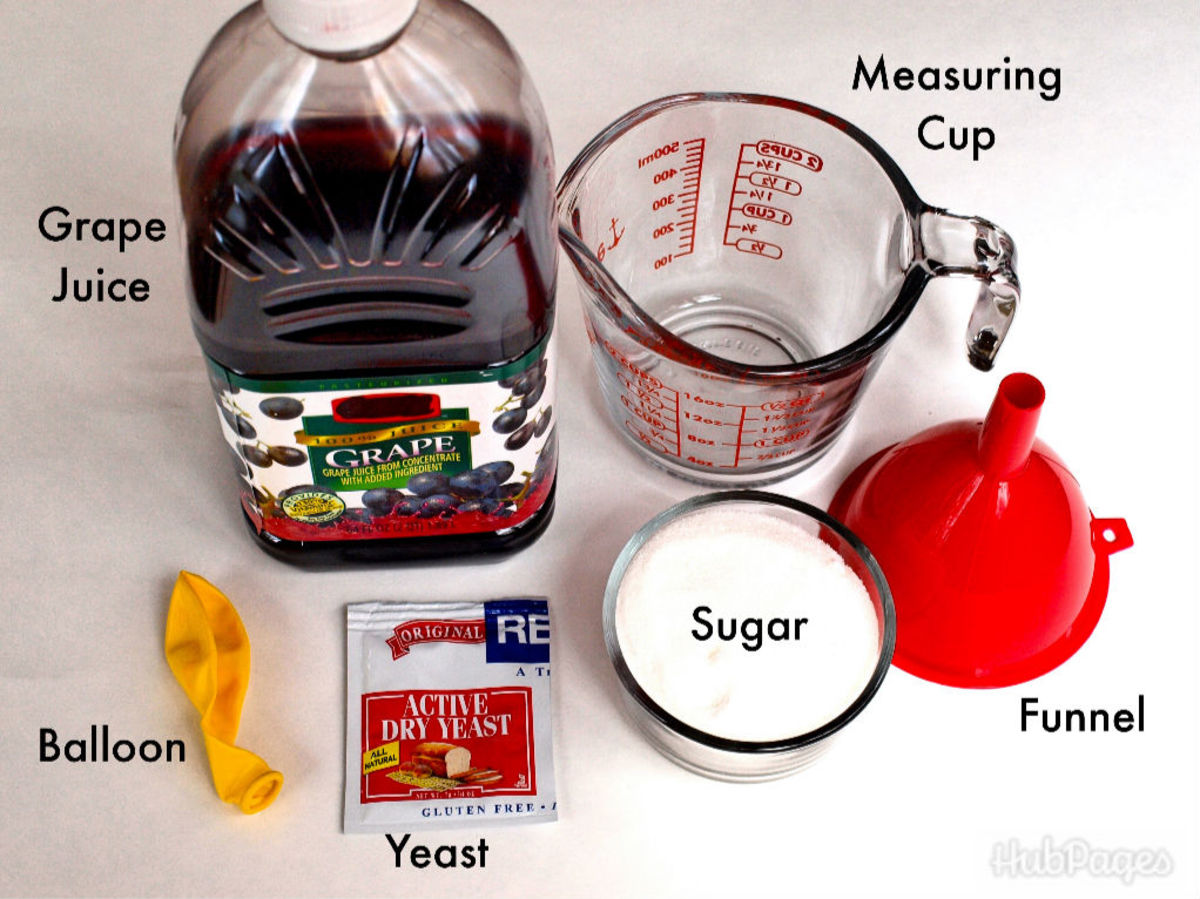In this article you will be given a brief introduction to the wine making process and a summary of each step from harvesting to bottling. Wine making has been around for thousands of years and it is quite a natural process that requires very little human intervention. Every wine maker has their own special process which contributes to the uniqueness and diversity of wines, making life much more interesting. Although there are many different methods and variations involved in creating wine, there are five essential steps that must take place. These five steps include harvesting, crushing/pressing, fermentation, clarification, and aging or bottling.
The first step of making wine is known as harvesting or picking of grapes. Grapes are the only fruit that can reliably produce the necessary amount of sugar on an annual basis to yield sufficient alcohol to preserve the wine. Tannins, esters, and acids are other factors of grapes that help provide consistency. Grapes must be harvested at exactly the right time, ideally when physiologically ripe. Modern wine makers rely on a combination of science and old-fashioned tasting to determine when to harvest their grapes. Usually outside consultants, vineyard managers, and proprietors all have a vote in the decision of when to harvest. Picking grapes can be done with the use of machines or it can be done by hand. Most wineries prefer the latter claiming that mechanical harvesters can be too rough on the grapes, vines, and land. After the harvest wine makers sort the grapes into bunches sifting out rotten and under ripe fruit before crushing.
Crushing is the next step in the wine making process which is now done with mechanical presses. For thousands of years this step was done by men and women who performed the harvest dance in barrels and stomped on the grapes, turning them into must. Although machines have removed the romance and ritual of these traditions, there has been a huge gain in regards to sanitation. Mechanical crushing has improved the quality and longevity of wine while also reducing the need for preservatives. Keep in mind, not all grapes begin the transformation to wine in the crushing step. Some wine makers allow fermentation to begin with uncrushed grape clusters, allowing the weight of the grapes to burst the skins naturally before being sent to the presses. There is no difference in the process of wine making for reds and white until the crushing step. For a white wine, the maker will quickly press the must after crushing to separate the juice from the skins, seeds, and solids. This prevents color and tannins from getting into the white wine. Red wine on the other hand is left in contact with its skins to infuse color, flavor, and tannins into the wine.
After the grapes have been crushed and pressed, the must is allowed to sit and will begin to ferment within 6-12 hours with the help of wild yeasts in the air. Some wineries welcome this natural fermentation while others will intervene and eliminate the natural, wild yeasts and add yeast that produces a more predictable end result. Once fermentation begins it will usually continue until all sugar is turned into alcohol leaving a dry wine. This can be a period of anywhere from 10 days to a month. Alcohol levels will vary from one wine to the next depending on the sugar amount in the initial must. Wines made in cool climates will generally produce an alcohol level of 10 percent and wines made in warmer climates can be up to 15 percent. For sweet wines, the fermentation is cut short to allow some of the sugar to be preserved. This is almost always intended by the wine maker for a specific style of wine.
Once the fermentation is completed the clarification process begins. Wine makers can rack or siphon their wine from one tank to another to separate the wine from the precipitates and solids at the bottom of the first tank. Filtering is done with large filters that catch large solids and with sterile pads that strip all life from the wine. Fining happens when substances such as egg whites, clay, and compounds are added to the wine to clear them out. These substances will stick to the solids and push them to the bottom of the tank. The stripped wine will then be transferred to another vessel for aging and bottling.
